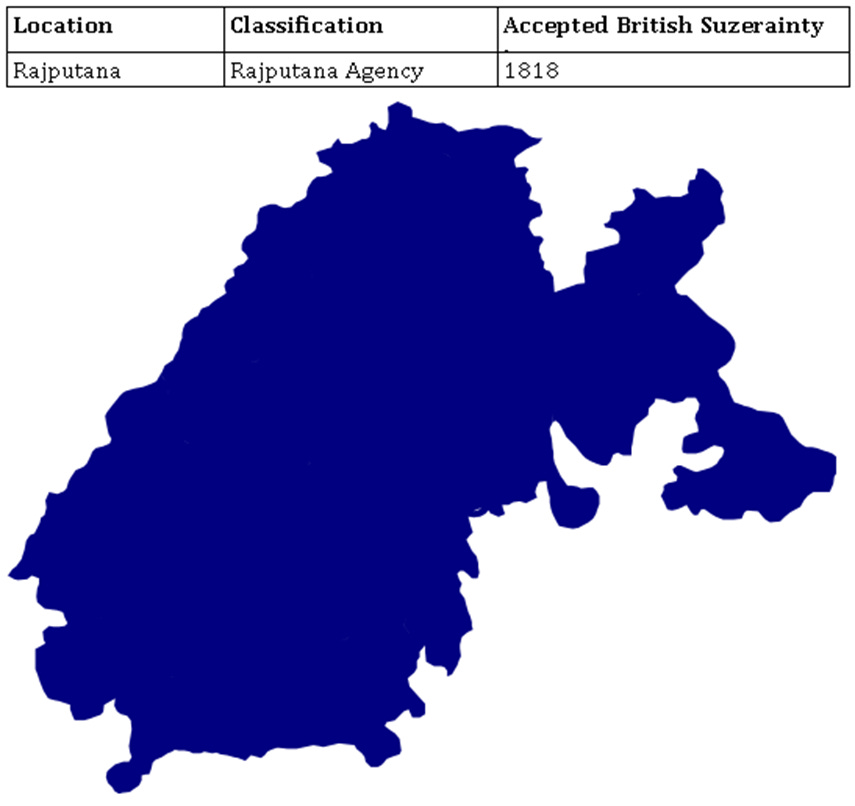Mewar - Origins and the Maharawals
Medapata, literally, the land of Medas is referred to first time in Manusmriti which defines Medas along with Andhras as those born to a Vaidehika and a Nishada and living outside the village(10.36) and subsist on slaughter of wild animals(10.48) - a clear indication that Medas were on the fringes of Hindu civilization and were Hinduized at a later date. Brhatsamhita notes this place as different from Madhyamika - Chittor area. The oldest inscriptional evidence for the word comes from Hathundi Inscription of 996 AD. Though the word Medapata is used in reference to Mewar from the time of 1279 AD Chittor inscription, it cannot be inferred whether the ancient Medas are identical with those residing in Mewar area. It is possible, however, that Medas may have been residents of a small area, possibly around Vardhanagiri as noted in the 1460 Kumbhalgarh Inscription. On the other hand, Merta is known as Medantaka thereby defing Medapata as the area between Merta and Chittor - the Badnor area or Vardhanagiri. Further more, the territory of Guhila Jaitrasimha is divided into four units - Chitrakuta(Chittor), Aghata(Ahar - Udaipur), Vagada(Dungarpur-Banswara) and Medapata.
The collapse of Gupta power or more correctly, the Hunnic power led to the rise of local polity all over and Mewar was one such of them. Assuming there are no gaps in the regnal line, the founder of the line Guhadatta can be dated to 540 AD. Guhadatta is assumed to have taken advantage of the collapse of the Hunnic power to carve an estate. The usage of Gadhiya Paisa, on the other hand, hints at a local origin of no great exalted history. The formal name of the line is Gehlot, derived from the Rajasthani variant of Guhila-putra or Guhila-pota or Guhil-ot. They are simply called as Guhilas while other variants like Gobhilaputra, Gauhilya is noticed in the inscriptions. Other derivates of the word include Gohil and Goyal.
The earliest reference to Guhilas come from the 646 Samoli Inscription of Guhaditya and 661 Nagda Inscription of Aparajita. These inscriptions probably would earmark their independence after the death of Harshavardhana. Though multiple Guhila chieftainships existed as cadets of the main line, the one which is relevant are the Guhilas of Chitrakuta and their vassals Guhilas of Sesoda. While those ruling Chitrakuta held the regnal title of Rawal, the ones ruling Sesoda held the title of Rana - possibly a variant of Rajanaka, a small king through it's shortened version Ranaka. The transition of power from Chitrakuta Guhilas to Sesoda Guhilas happened during the destruction of Chittor in the hands of Alauddin Khilji in 1303.
Keep reading with a 7-day free trial
Subscribe to cbkwgl’s Newsletter to keep reading this post and get 7 days of free access to the full post archives.




